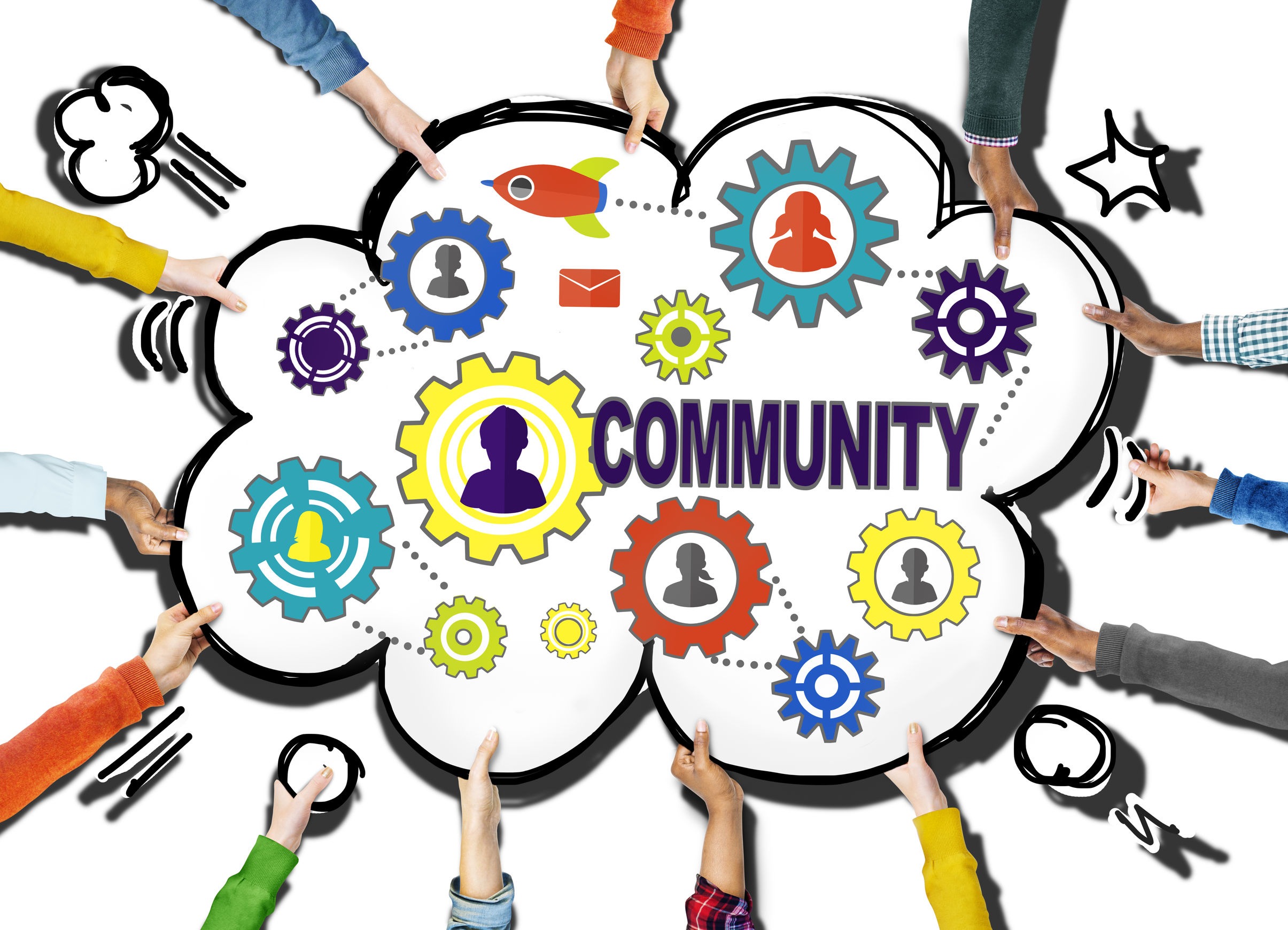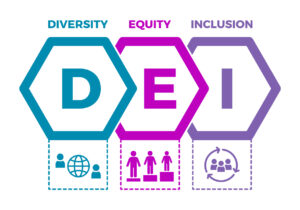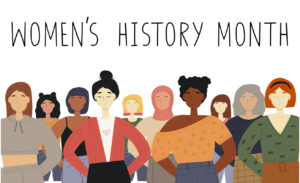When approaching DE&I, lean on your communities
Facebook’s D&I lead shared some of the tactics that are working at the social media company, as well as how to think about long-term progress on this crucial issue for all industries.

For Facebook, everything comes back to its stated mission of bringing people together through technology.
It’s a principle that guides its new products and features, and informs the company’s approach to a topic on the minds of many: diversity, equity and inclusion.
Having a strong foundation for why you are doing what you are doing is crucial for having a cohesive story around D&I, says Jo McRell, diversity communications lead for Facebook. She spoke with Ursula Llabres, global head of enterprise executive programs for Facebook in a fireside chat on Sept. 17 during Ragan’s The Communicator’s Role in Diversity, Equity & Inclusion Virtual Conference.
The COVID-19 pandemic has put a finer point on the racial injustice that has been present in the U.S. for years, McRell says. The innovations that communicators have made in the face of the global pandemic and universal remote work might offer new tools for engaging employees on the subject of race and structural inequality.
“It has sharpened the lens,” McRell says. “It’s made our D&I story more explicit.”
There has been a silver lining to the increased scrutiny on the issue of diversity and inclusion this summer, McRell adds. In this case, it’s been increased engagement. More leaders are coming into the conversation, and internal DE&I efforts are seeing higher rates of participation in areas including training events and resource groups.
Facebook uses its own internal communications system, Workplace, which offers its trademark social media functionality to corporate teams. McRell says the data has been strong, with “2X” the rate of engagement in D&I community groups, as well as new groups forming to work on racial justice workstreams. Facebook has also seen an increase in time spent on video, another way for communicators to show measurable improvement.
Engaging leaders
Without leadership buy-in, there’s no real chance of progress on DE&I initiatives.
To get leaders involved, Facebook has had success in adopting a flexible approach. “We don’t try to overscript how and where our leaders show up,” she says, instead offering multiple ways to enter the conversation.
One tactic that is working is live Q&A video on Workplace.
The format allows leaders to not be subject matter experts overnight (an impossible ask on such a broad and nuanced topic) but helps them show up informally and connect with employees in an authentic, “person-to-person” way.
The takeaway? Communicators should use their skills to remove barriers that keep leaders from engaging on DE&I or other critical issues. Live video helps some leaders lean in, but it’s not a one-size-fits all.
Executives have also had success when they have gone in to amplify messages and stories posted by other employees on the Workplace platform with comments and shares.
Going beyond two-way comms
It’s crucial to expand beyond a one-way, or even a two-way flow of communication when dealing with a topic like DE&I, McRell says. This something she describes as “multi-dimensional” comms, where everything is more of a conversation.
This starts with culture, and in Facebook’s case, it has a long history of an open culture, much like other tech companies, where any employee can offer an idea or feedback at any time. The process helps generate powerful insights, McRell says, which can sometimes be painful to learn.
It’s that kind of facilitation that leads to the participation necessary to see real change.
“In my role as a communicator I do shape an overall narrative,” McRell says, “but I am also there to evolve with the conversation and to help direct and shape that conversation in real time.”
A community-based approach to communications allows McRell to have a network of stories and experiences to rely on, something she says is benefited by a tool like Workplace.
The power of technology
Technology to help address DE&I isn’t limited to social media and live video. There are things like virtual reality trainings that can offer participants a visceral experience on the topic.
“It’s an old saying: Walk a mile in someone else’s shoes,” she says. “The virtual reality experience is helping people do that.”
Offering a space for employees to then go and discuss these kinds of experiences is key. McRell warns that to be successful, communicators and leaders will have to get more comfortable sourcing qualitative data rather than just hard numbers.
“Quantitative data alone isn’t going to take us where we need to go,” McRell says.
The reality of 100% remote work in response to COVID-19 has also surfaced some new techniques for engaging audiences around DE&I. Fully remote offices put a lot of people in the same place and creates a more equitable engagement experience, McRell says.
Some of the techniques developed will be used in the future, regardless of how many employees return to a physical workspace. One tool that McRell touts is live video: “We used to prioritize live events and now we see how much more we can do with live events on video,” she says.
You can’t do it alone
Communicators must find ways to bring in willing helpers to really make DE&I work sustainable.
“You can’t do everything yourself,” she says. Knowing who is in the community and who will participate is crucial for scaling your program.
Her other advice to communications pros looking to tell their DE&I narratives is two-fold:
- “D&I work is both urgent and a long-term journey.” Set yourself up for success by bringing in others and building a network that can sustain the mission.
- McRell admits it’s a buzzword, but she says it boils down to seeing your leaders “walk the talk.” Find ways to attach action to stories and reveal the heart of your organization—and always leave your feedback loop open.







